INTERNATIONAL RELATIONS
INTERNATIONAL RELATIONS
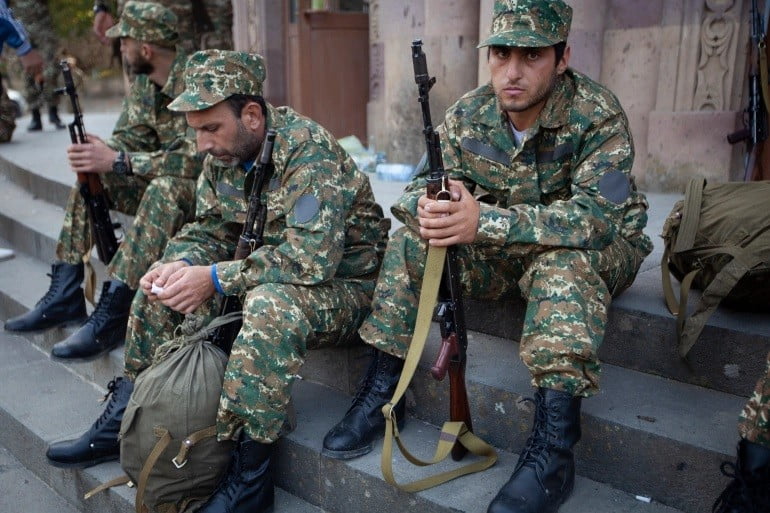
Since the beginning of November, the advance of Azerbaijani forces towards Lacin and the city of Susha in the disputed Nagorno-Karabakh region has slowed, compared to the advance made in the last 10 days of October.
The main factors of this event are the strong resistance of the Armenian forces which is still shown despite the huge losses, the complexity of the soil, the deteriorating weather conditions and the communication of the attacking units of Azerbaijan in the recently occupied territories.
Read also: Iskander | Armenia’s strategic weapon threatening Azerbaijan
Information mentions that Armenian sabotage units continue to operate and deliver tactical attacks in these areas. In addition, the nine villages, recently announced by Azerbaijani President Ilam Aliyev, are located in an area previously occupied by Azerbaijani forces. This, to some extent, shows the slowdown in the advance of the Baku forces on the war front.
Armenian sources say that at the moment Armenia is preparing a strong counterattack to push the Azeris south of Nagorno-Karabakh. They also claim that the only factor that allegedly stops Armenia from such a move at the moment is the commitment of the Armenians to the ceasefire agreements that Baku is blatantly violating.
Meanwhile, the Armenian side continues to publish daily information on Azerbaijan’s losses in the conflict. The Azerbaijani army reportedly lost 10 UAVs, 21 armored vehicles and 103 soldiers in recent clashes in early November. The large numbers of victims on both sides are widely confirmed by audiovisual material broadcast daily from the conflicts.
The claim of the Armenians that the Turkey-Azerbaijan bloc lost some of its strategic initiative in the war is at least overestimated. Azerbaijan’s artillery, drones and even Azerbaijani fighter jets continue to strike fortified positions, manpower and military equipment of the Armenian Defence Forces. The Armenians do not have enough means and countermeasures to protect supply flows and manpower from daily and heavy airstrikes.
As of November 3, Azerbaijani forces, openly supported by Turkish troops and Syrian fighters, continue to grow at an impressively short distance from Lacin and the city of Susa.
The loss of any of these points could signal the collapse of the entire Armenian defence in the region. Any large-scale Armenian counterattack, unless it inflicts a swift and devastating strike on the attacking forces, is unlikely to allow for strategic success.
Instead, it will expose the remaining Armenian units and increase the number of casualties from airstrikes, leaving them exposed to Azeri artillery. Azeris’ dominance in the air also means an advantage in target reconnaissance.
Under these circumstances, small tactical counterattacks aimed mainly at disrupting and damaging the advancing units of Azerbaijan seem to be the most likely scenario. Despite the lack of significant conquests by Azerbaijan in recent days, Armenia’s defence is still in crisis and if Ankara and Baku manage to ensure the communication and coordination of their forces, a new large-scale attack on the Lacin triangle – Susa – Stepanakert seems inevitable.
On a political level, diplomatic efforts for de-escalation have so far led to failure, as Turkey and Azerbaijan feel very close to the desired military victory. President Aliyev wants to go down in history as the leader who returned Nagorno-Karabakh to Azerbaijan, while his Turkish counterpart Tayyip Erdogan sees himself as the sultan of the New Ottoman Empire, pretending to be the leader of all Muslims in the Middle East, the Caucasus and Central Asia.
With information from: SouthFront / AMN / Reuters
NEWSLETTER SUBSCRIPTION
Cyprus Issue | Russia’s will to help UN efforts
Russia’s willingness to support the efforts of the UN Secretary General’s Personal Envoy for Cyprus, Maria Ángela Holguín Cuéjar, to resume…
Turkey | Severes trade relations with Israel
Turkey suspended all trade with Israel as of yesterday, Thursday, Bloomberg reported, citing two Turkish officials.
USA | New initiative in Congress for complete lift of arms embargo in Cyprus
The complete lift of the arms embargo on the Republic of Cyprus and the abolition of its annual renewal is provided for in a bill…
Cyprus Issue | Russia’s will to help UN efforts
Russia’s willingness to support the efforts of the UN Secretary General’s Personal Envoy for Cyprus, Maria Ángela Holguín Cuéjar, to resume…
Ukraine | New spokeswoman for Foreign Ministry looks real…but she’s not
The new spokeswoman of the Ministry of Foreign Affairs was presented by Ukraine… an AI-generated person. That is Victoria Shi.
HNDGS | Bilateral joint training between Greece and Poland – Photos
The bilateral joint training between the Armed Forces of Greece and Poland, in the wider area of Attica, was completed on Thursday…
Turkey | Severes trade relations with Israel
Turkey suspended all trade with Israel as of yesterday, Thursday, Bloomberg reported, citing two Turkish officials.
USA | New initiative in Congress for complete lift of arms embargo in Cyprus
The complete lift of the arms embargo on the Republic of Cyprus and the abolition of its annual renewal is provided for in a bill…
Sielman | Contract for support of the HAWK anti-aircraft system
The US Department of Defence has awarded a $49.9 million contract modification to Greek company Sielman S.A. to provide diagnostic and…







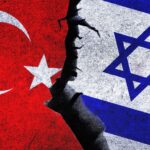



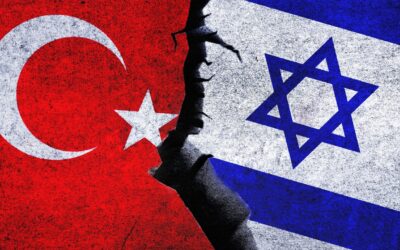


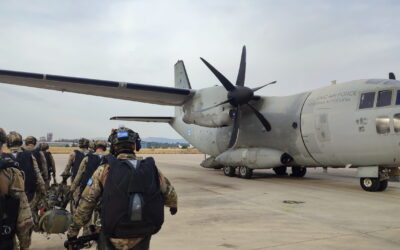
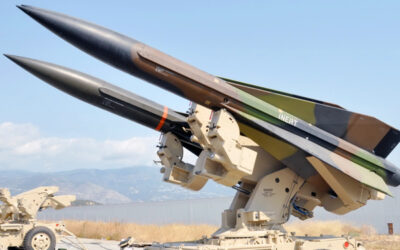
0 Comments